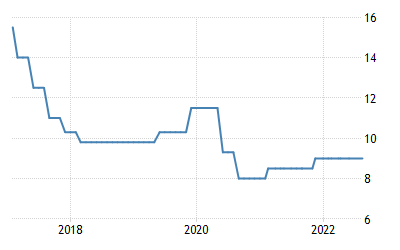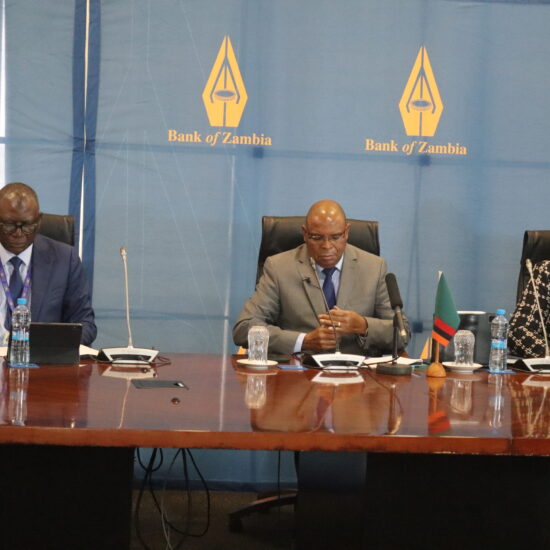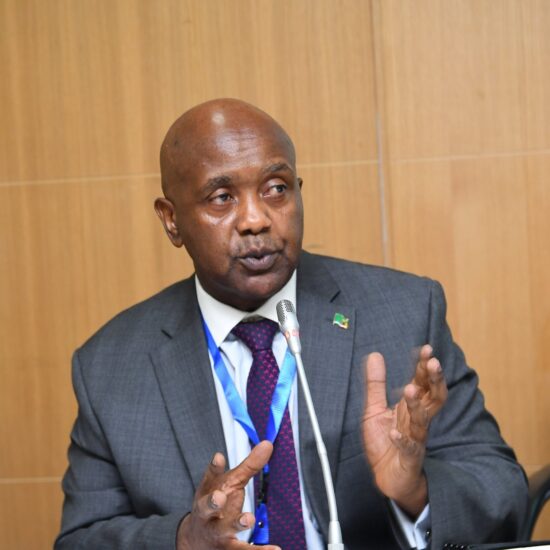
The Association of Microfinance Institutions in Zambia (AMIZ) says there are other significant factors that influence the computation of interest rates on borrowing besides the inflation rate and the exchange rate.
Association Executive Director Webby Mate explained that one of the important factors considered is the supply and demand and when demand for credit outstrips the supply; the interest rates tend to be high, which is the case with finance in Zambia.
Speaking in an interview with the Zambian Business Times-ZBT, Mate said the demand for credit is so high and the supply is low therefore the interest rates have remained high noting that a few years ago, the Credit Market Monitoring Report revealed that over six million applications for credit were made but only about one million applicants were successful.
Mate noted that the cost of operation for most of the microfinance institutions is quite high as they are in a market where among other things, fuel prices are high due to the high prices of oil on the international market but with the price of oil slowly coming down on the international market, some costs may go down.
He mentioned that the default that financial institutions experienced on some of their loans is a cost that has to be recovered partly through the interest rate as well as the cost of financing, depending on where institutions get their money from because they also have to pay interest rates and other charges.
“So looking at the cost structure, it varies from institution to institution and all that cost has to be recovered through the interest rates that they charge, as a result, interest rates continue to trend quite high, even when they are coming down reductions are minimal”, he said.
“Indicators are trending downwards which is positive but for real change in the cost of borrowing to begin to be seen we need to go beyond the indicators we are monitoring. We also need to look at the cost of operations for some of these institutions, some are very high and costs need to be covered so that institutions can be sustainable”, Mate said.
Mate noted that “Foreign exchange rate is another factor, if you are getting your capital from outside the country; it is either dollar or euro denominated. So when you have to pay that using kwacha revenue, you first have to go to the market and exchange the kwacha into the dollar or euro and then remit it so if that exchange rate is also high then you suffer losses”.
He said financial literacy is also important and people need to begin shopping around to see where they can find what they can afford.
“The expectation is that we should begin to see noticeable reductions because if the rate of inflation is 9%, the cost of finance is also at a reasonable amount then it should become questionable why somebody should charge an interest rate above a certain level. I think consumers also need to begin shopping around, looking for where interest rates are much reasonable”, he said.
Mate however noted that the interest rates are coming down across financial institutions but maybe not at the rate at which the public might expect but the rates are gradually coming down.
“Those that participate on the Targeted Medium-Term Refinancing Facility, you will notice that there are slight reductions on the interest rates that they are charging. Inflation built up over time and when you are running certain types of businesses it’s difficult to just reduce your cost just because one or two variables have come down in their cost”, he said.








